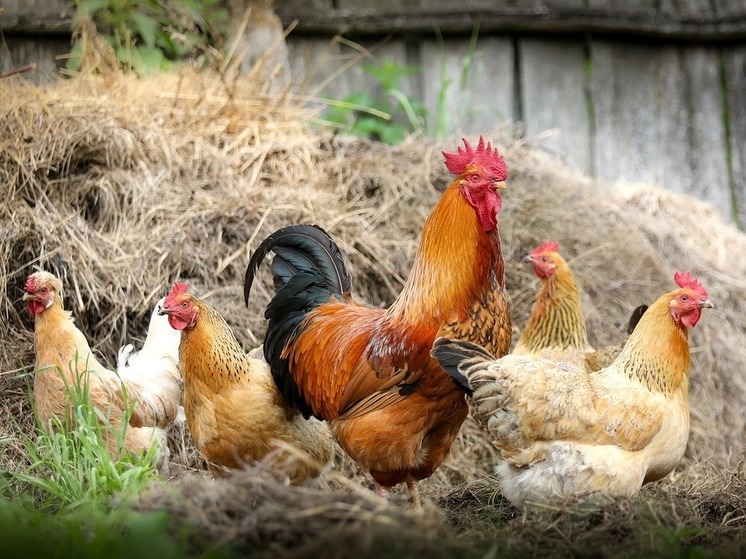Scientists' discovery will help poultry farming reach new frontiers
Research has shown that people can tell by the cries of chickens whether they are happy or upset. Scientists played audio recordings to volunteers — most of them responded correctly to the emotions of chickens

Listening to birds could help breeders improve the welfare of their clucking charges, according to researchers who believe can determine by their calls whether the chickens are chirping with pleasure or if they are upset, writes The Guardian.
Scientists gave almost 200 volunteers listening to audio recordings of chickens and found that 69% of participants were able to tell the difference between birds that were happy about the upcoming treat and those that were annoyed that such a reward did not come.
Jörg Henning, professor of veterinary epidemiology at the University of Queensland and senior author of the study, said: “Chicken keepers can detect the emotional state of the birds they care for, even if they have no previous experience.”
The work points to clear commonalities in the way many animals express their feelings. In practice, this paves the way for acoustic monitoring of chicken flocks, which uses artificial intelligence to assess the mood of the coop and alert breeders when their chickens are unhappy.
If such monitoring proves reliable, Henning said, it would provide “a convenient and cost-effective way to improve welfare assessment methods in the commercial chicken industry.”
Victorian naturalist Charles Darwin suspected that animals lower on the tree of life expressed their emotions with their voices, notes The Guardian. In his book The Descent of Man in 1871, he described how this ability could have evolved through successive adaptations of the vocal organs of animals. This raised the possibility that many creatures not only have the ability to make emotional calls, but also can respond to the emotions in the calls of other species.
To test whether humans could recognize emotions from the calls of chickens, Henning and his colleagues played audio recordings of chicken sounds to volunteers. The birds were trained to associate various sounds, such as beeps, rings and buzzing, with the contents of a bowl hidden behind a hinged door. Surprises ranged from mealworms and regular chicken feed to dust to clean their feathers and a rather disappointing empty bowl.
When the chicks knew there was a treat waiting outside the door, they let out a flurry of quick clucks or high-pitched staccato cackles known as food calls, but when there was nothing to worry about, they responded with whines and long, intermittent moans.
Each volunteer listened to 16 recordings, all of the same length. Half was from the chickens who were preparing for a treat, and half from the birds who knew that there would be no such treat. While nearly 70% of volunteers recruited from professional networks of researchers and advertisements in online poultry magazines could distinguish excited from upset chicks, older adults were less accurate, perhaps because they had poorer hearing. The work is published in Royal Society Open Science.
The findings build on recent research that shows that people around the world can interpret emotion in the calls of a wide range of animals — from tree frogs and alligators to ravens and giant pandas. The findings have led scientists to suspect that land vertebrates share a common emotional vocal signaling system, consistent with Darwin's ideas.
If the idea holds up to further study, Henning said, monitoring chick calls could be included in animal welfare assessments. which would be especially valuable on farms housing thousands of birds. But small farmers could also benefit, he added, knowing that their perception of chicken calls has a good chance of being correct.






















































Свежие комментарии